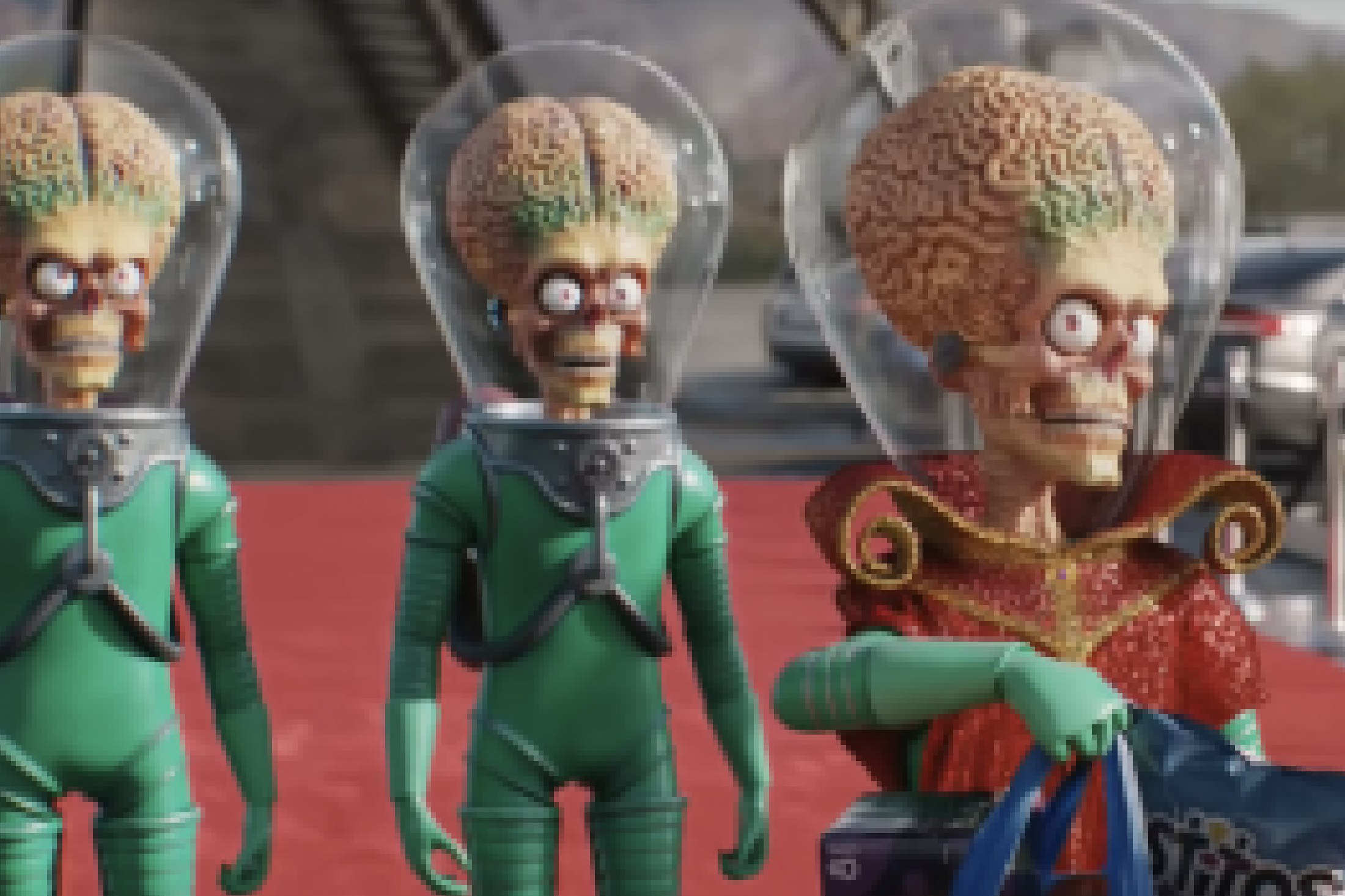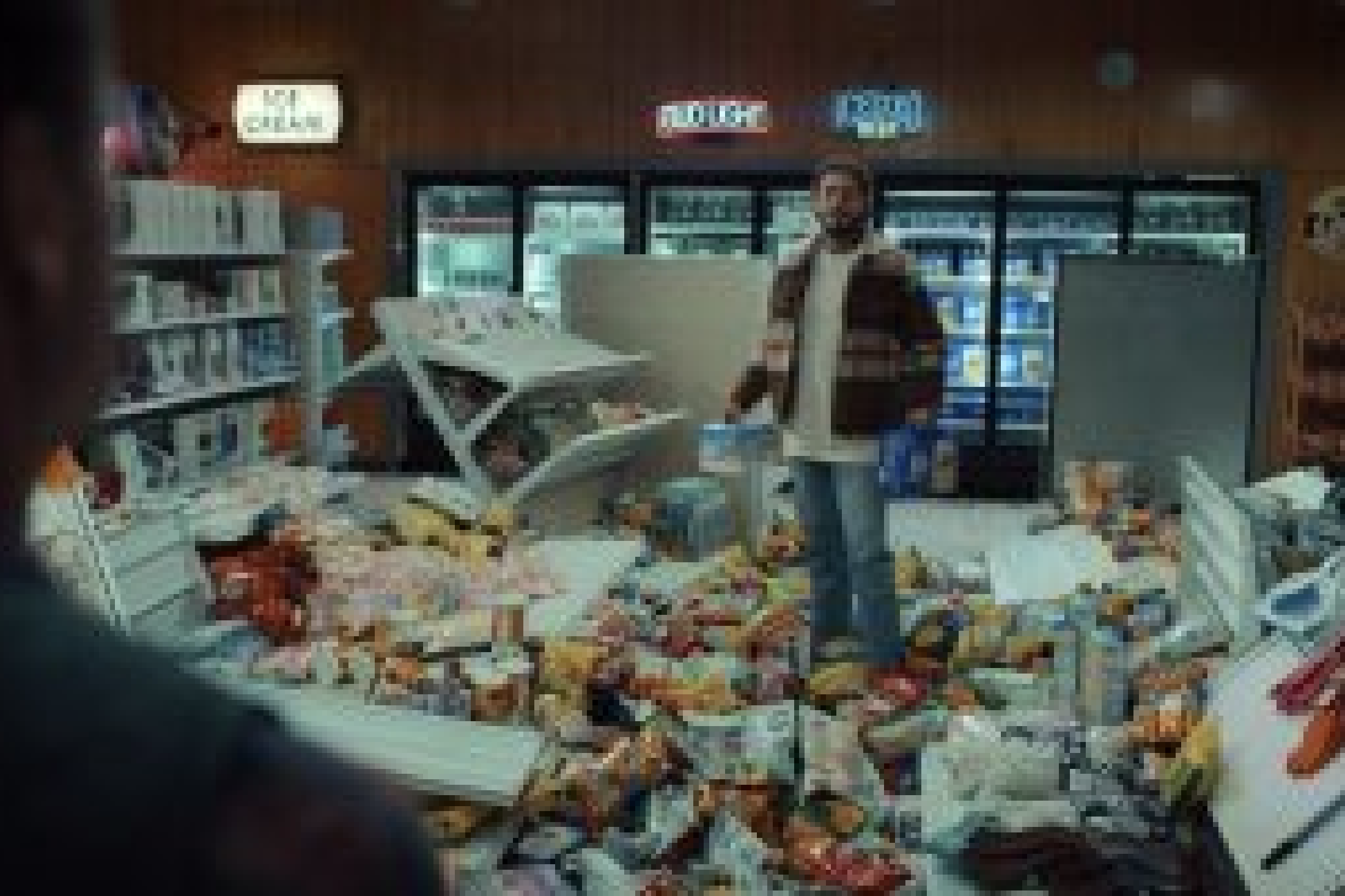Jeep’s brilliant play on the movie Groundhog Day arguably won the night. Bill Murray’s portrayal of his character from the film continuing to wake up to the monotony of living the same day over and over again is disrupted by the arrival of the brand’s new truck. The result is a hacked storyline that lives alongside the original film as a genuine part of the story.
Walmart united an astounding array of space movie characters. Mountain Dew recast Brian Cranston in the Shining which worked well. Squarespace had some sort of vague reference to Fargo with Wynona Rider. Even Discover used quick film and tv clips to good effect.



